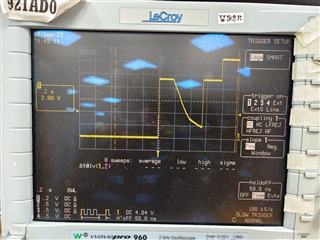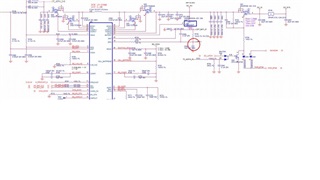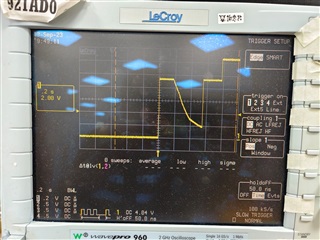Other Parts Discussed in Thread: BQ25703, , BQSTUDIO
HI
A customer has a question about setting the battery to enter shipping mode. Generally, the battery only needs to be supplied with a certain voltage (the current can be very small) to wake it up. Currently, after our battery enters shipping mode, the voltage of the BQ25703 Charger jumps up to about 1V and then quickly drops to about 0V after the adapter is inserted, so the battery will not wake up. What protection mechanism does BQ25703 have to prevent the voltage at the battery end from outputting?






